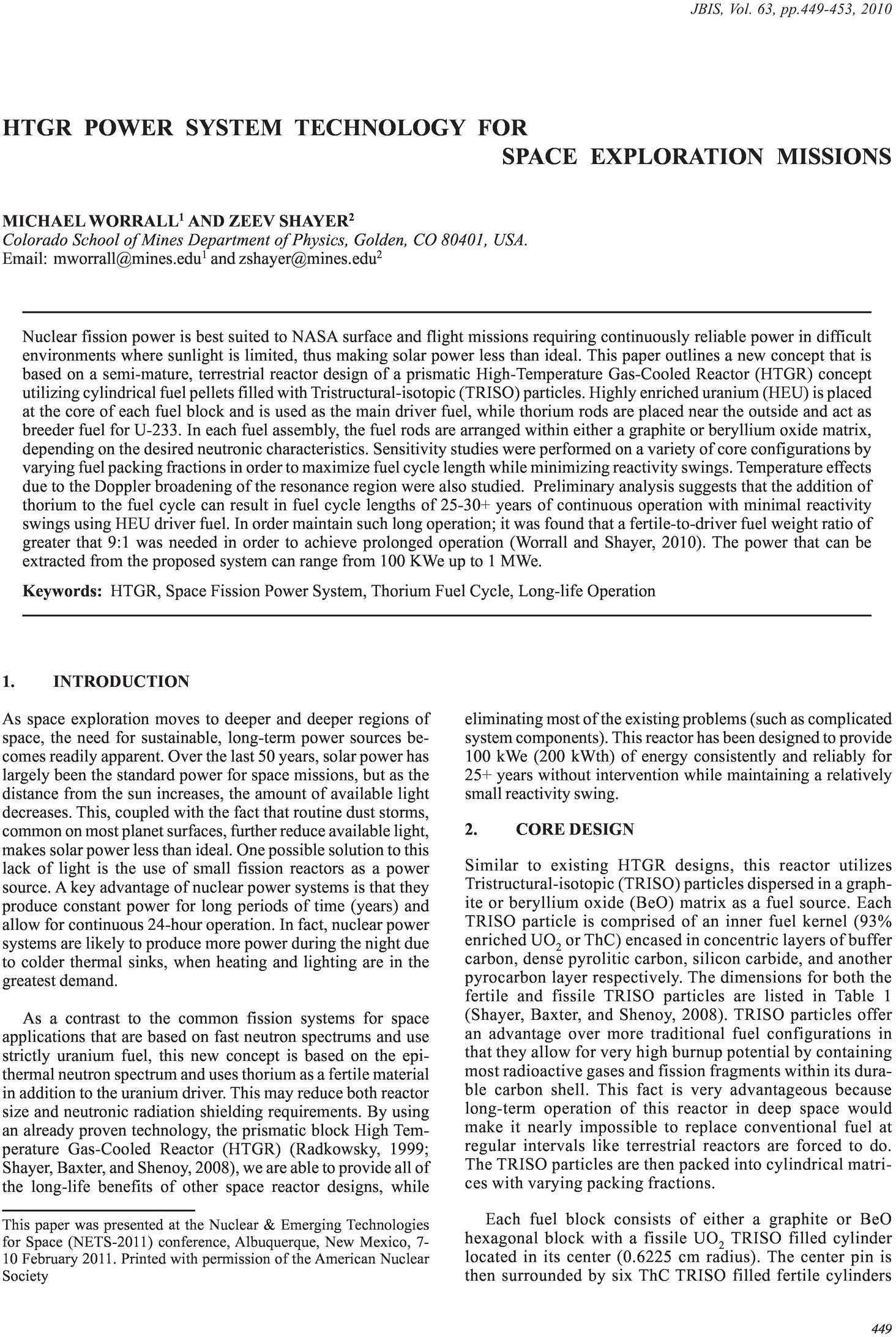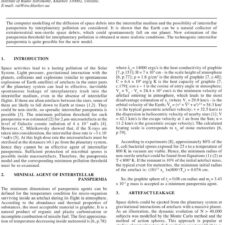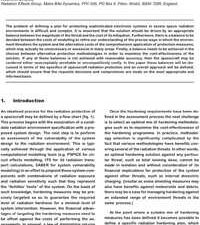HTGR Power System Technology for Space Exploration Missions
£5.00
M. Worrall et al. (2010), JBIS, 63, pp.449-453
Refcode: 2010.63.449
Keywords: HTGR, Space Fission Power System, Thorium Fuel Cycle, Long-life Operation
Abstract:
Nuclear fission power is best suited to NASA surface and flight missions requiring continuously reliable power in difficult environments where sunlight is limited, thus making solar power less than ideal. This paper outlines a new concept that is based on a semi-mature, terrestrial reactor design of a prismatic High-Temperature Gas-Cooled Reactor (HTGR) concept utilizing cylindrical fuel pellets filled with Tristructural-isotopic (TRISO) particles. Highly enriched uranium (HEU) is placed at the core of each fuel block and is used as the main driver fuel, while thorium rods are placed near the outside and act as breeder fuel for U-233. In each fuel assembly, the fuel rods are arranged within either a graphite or beryllium oxide matrix, depending on the desired neutronic characteristics. Sensitivity studies were performed on a variety of core configurations by varying fuel packing fractions in order to maximize fuel cycle length while minimizing reactivity swings. Temperature effects due to the Doppler broadening of the resonance region were also studied. Preliminary analysis suggests that the addition of thorium to the fuel cycle can result in fuel cycle lengths of 25-30+ years of continuous operation with minimal reactivity swings using HEU driver fuel. In order maintain such long operation; it was found that a fertile-to-driver fuel weight ratio of greater that 9:1 was needed in order to achieve prolonged operation (Worrall and Shayer, 2010). The power that can be extracted from the proposed system can range from 100 KWe up to 1 MWe.





